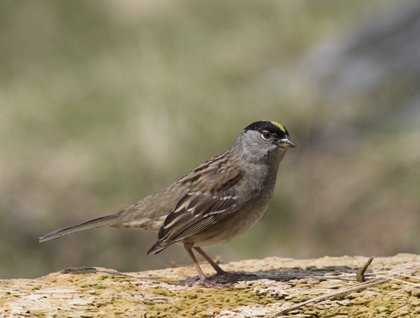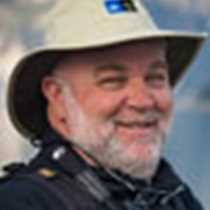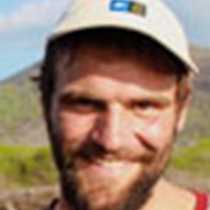During the night, the National Geographic Sea Bird crossed the southern reaches of Queen Charlotte Strait, and for a time she was exposed to a swell from the open ocean. As a result, the landlubbers among us probably had a restless night, and therefore missed the charms of a fine British Columbia morning. The sight of dawn’s first light backlighting the forests to the east and illuminating the mist shrouded valleys below, or the sounds of the early gulls calling as they forage for their breakfast, or the aroma of freshly baked muffins warming the aft decks just outside the galley—all these and more greeted the early risers.
Before sunrise, the ship had returned to calm waters that make the inside passage so popular, and breakfast had a full attendance. Our expedition leader, Larry Prussin, briefed the plan for the morning, which included taking advantage of our small and maneuverable National Geographic Sea Bird to explore the narrow and secluded Jackson Passage.
Barely one-quarter mile wide in places, Jackson Passage becomes at its eastern terminus Jackson Narrows, too shallow and narrow for navigation for anything but the smallest craft. This makes it a perfect place to explore by expedition landing craft and kayaks. As we approached a small bay, a bald eagle surveyed the crew’s efforts to anchor from his perch. He seemed satisfied and flew off once the anchor was set and the expedition staff headed out to organize the operation ashore.
We split up into three groups: hikers, kayakers and expedition landing craft cruisers. The hikers spent some time between the cobble shore and along the edge of the conifer forest, where they found a small garrison of sandpipers working the mudflats exposed by the low tide. Elusive Pacific wrens chattered and twittered from numerous trees, but avoided our prying eyes. Golden-crowned sparrows didn’t let our presence deter them from pecking into the rocks and driftwood for insects and grubs.
The kayakers picked a fine morning for paddling quietly along the shores, finding an occasional harbor seal spy-hopping the shallows, or perhaps just enjoying the quiet solitude. The cruisers reported good looks at Pacific loons and harlequin ducks. After an hour, everyone had a chance to choose a second group, and we did it all again!
After lunch, there was time for a nap, or catching up on photos, or enjoying the scenery. By 3:30, naptime was officially over, and we gathered in the lounge for more photo workshops by the photo team. Every skill from novice to semi-pro finds something valuable from these gatherings. After the workshop, a gathering on the bow was in order because the ship was passing Princess Royal Island, a place famous for “Spirit Bears,” a white morph of North American black bears. They are so rare that some say they are only a mythical legend. We searched the shoreline until it was time for dinner…
Finally, Larry asked the captain to stop at Butedale after desert. Butedale is an abandoned settlement with a spectacular waterfall, which would at least afford some photo ops in the fading light. Suddenly, a white bear appeared on the shore. A Spirit Bear! Everyone clamored for a spot on the bow to see and photograph a once-in-a-lifetime sighting.









